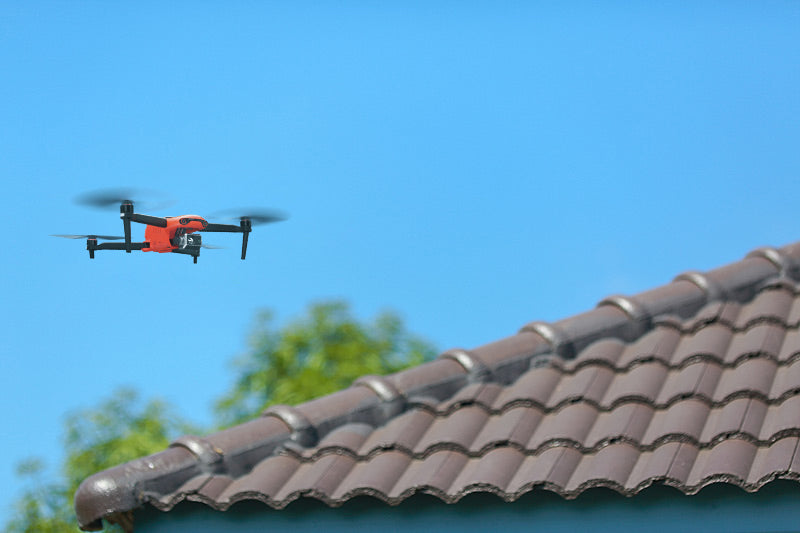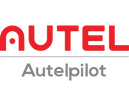Drone inspection solutions bring innovation and technology to traditional industrial facilities. Automated drone inspections use visual inspection or infrared thermal imaging technology for data collection, which improves the application opportunities of drones in various industries.
Prospects and Developments of Current Drone Inspections
Drones are capable of deep-dive observation and data collection in the visual inspection space. Autonomy, fast movement and hovering capabilities help to collect precise data on objects of interest while thoroughly inspecting their details. Drone inspection fully improves the time efficiency and work performance of traditional inspections, reduces resource costs and reduces potential threats to inspectors working at heights.
Advantages of Drone Inspections

Improved safety: Drones can be used to inspect industrial facilities, such as high, narrow or dangerous areas, and avoid direct access of personnel to potentially dangerous environments.
Improve efficiency: Compared with traditional manual inspection methods, drones can quickly and efficiently complete inspection tasks, saving time and labor costs.
Data collection and analysis: drones can be equipped with various sensors and camera equipment to collect a large amount of data, which can be used to analyze and monitor the status and operation of industrial facilities, and detect potential problems in advance.
Easy access and operation: drones can easily fly over obstacles, reach places that are difficult for humans to reach, and conduct comprehensive inspections of industrial facilities.
Environmentally friendly and sustainable: the use of drones for inspections reduces the use of personnel and vehicles, and reduces environmental pollution and traffic congestion.
Disadvantages of Drone Inspections

High initial cost: The high initial cost of purchasing high-quality drones and related equipment can be a financial burden for some businesses and organizations.
Flight restrictions: The flight of drones is subject to laws and regulations and airspace restrictions, and requires the corresponding permits and licenses. In certain areas or in special environments, the use of drones may be restricted or banned entirely.
Safety risks: There are certain safety risks in the operation of drones, including flight accidents, system failures, and risks of damage to other people's property. Therefore, operating procedures and safety standards must be strictly followed to ensure the safe flight of drones.
Data processing and privacy issues: A large amount of data collected by drones needs to be processed and analyzed, and privacy issues are also involved. How to properly process and protect data is a challenge.
Technical limitations: The current drone technology still has some limitations, such as short flight time and limited carrying capacity, which may limit its application in certain industrial scenarios.
Can Autel drones be used for industrial inspection?
Autel drone has consumer drone series and Enterprise drone series, Autel EVO II Pro Enterprise V2 drone is equipped with high imaging sensor, Autel EVO II 640T Enterprise V2 drone is equipped with thermal imaging sensor, Enterprise has no The man-machine can also perform intelligent task planning and perform automatic inspection operations.
Autel EVO II V3 series is an upgraded version of EVO II V2 series. It has a higher-definition camera and stronger night imaging capabilities. It can be fully applied to roofs, bridges, wires, and pipeline inspections.

Taken together, the use of drones for industrial inspections can improve safety and efficiency, and data collection and analysis can also provide better monitoring and early warning for industrial facilities. Autel drone inspection has also injected fresh blood into commercial drone inspections, expanding the scope of commercial drone inspections.
However, drone inspections need to weigh factors such as cost, regulatory restrictions, security risks, and data processing and privacy issues, formulate a reasonable use plan, and strictly abide by relevant regulations and standards to ensure the safety and legality of industrial inspection drones use.








